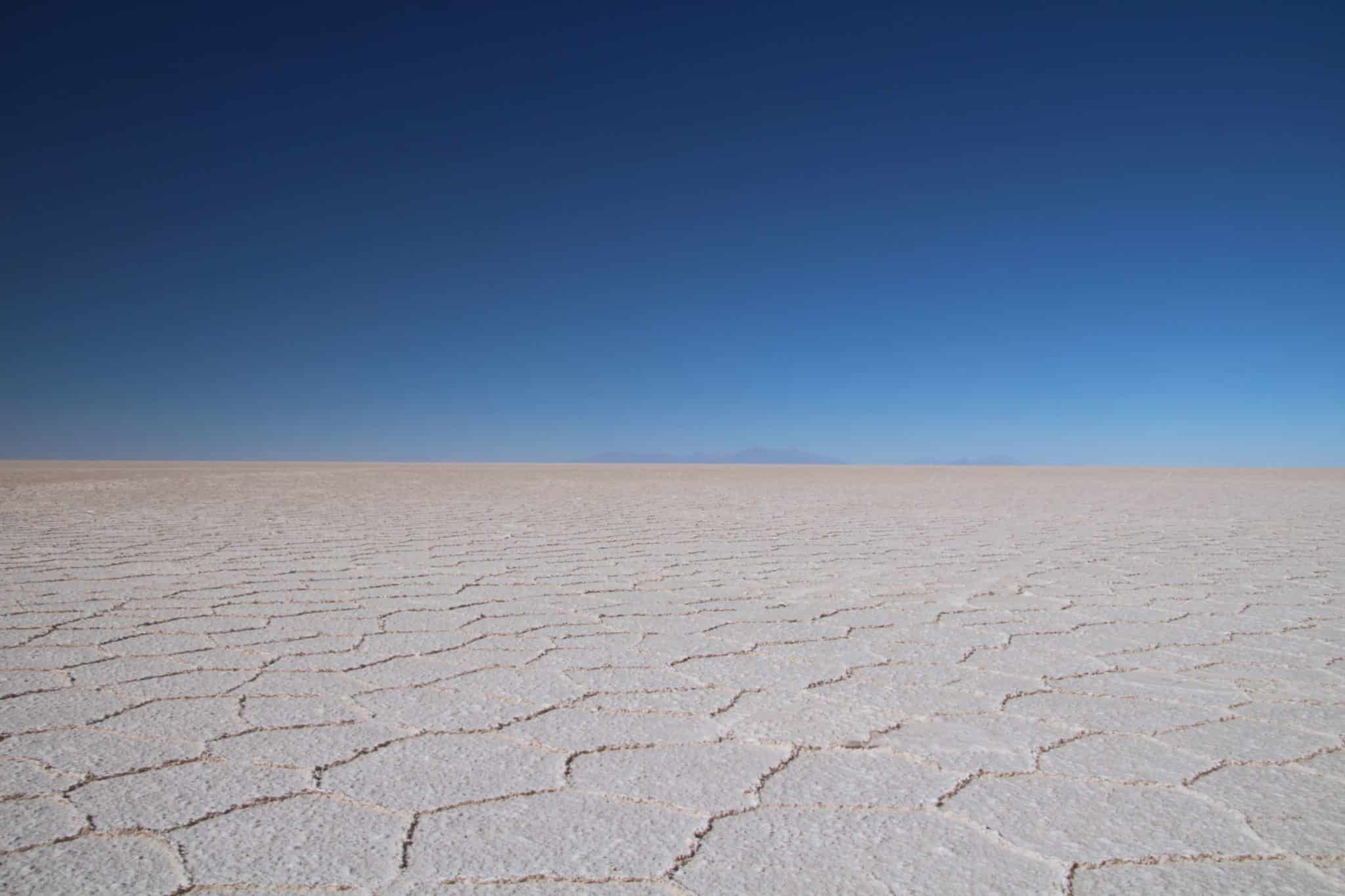You have probably already heard of the Salar de Uyuni, this unique destination of almost 460 square miles of immaculate white. An essential detour during a trip to Bolivia, the Uyuni Desert is also one of the regions to consider when you are preparing a stay in Chile, as detailed in our blog post. This largest salt desert in the world is located only a few hundred miles from the Chilean border, making it an attractive tour of a few days to add to a combined circuit of Chile and Bolivia, from the Atacama Desert or Northern Chile. Trip duration, best season, accommodations, route, which agency to choose… we cover all of these topics and more in detail in our blog post on a visit the Salar de Uyuni.
































